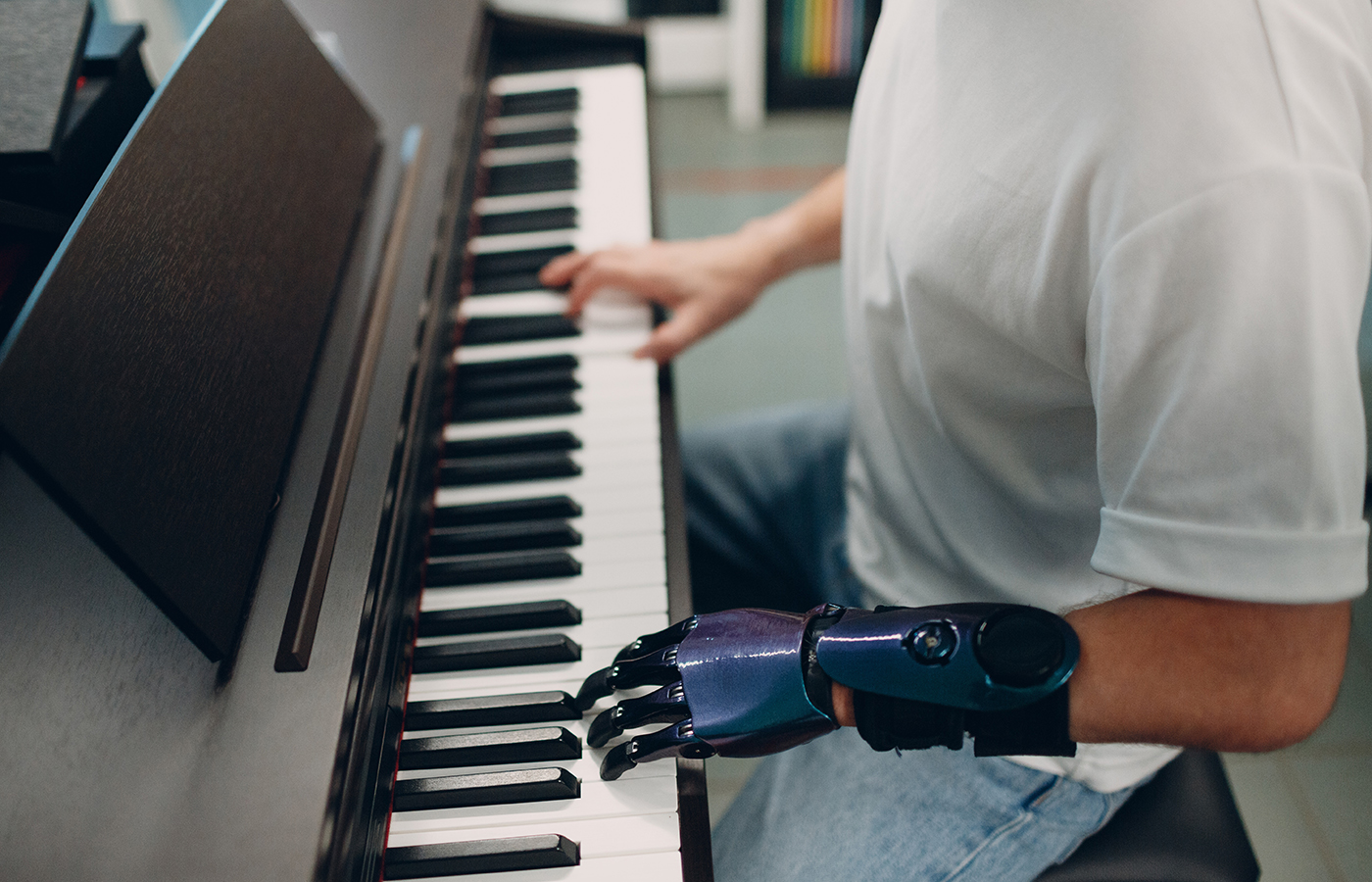How are motor units controlled during voluntary contractions? This question has been a subject of debate for several decades amongst the neurophysiology community.
A recent simulation study by Dr. Carlo J. De Luca and Dr. Paola Contessa1compared two opposing schemes of motor unit firing activation that have been put forth in the literature: the “AHP” scheme and the “Onion-Skin” scheme.
The former evolved in the 1950s based on the behavior of electrically stimulated animal motoneurons and suggests that the firing rates of motor units are directly related to their physical size (and recruitment threshold). In contrast, the Onion-Skin scheme describes an opposite arrangement, with motor units activated at lower forces having greater firing rates than those activated at higher forces, so that their organization resembles the layers of the skin of an onion. This scheme is based on evidences from humans performing voluntary contractions and data acquired with both intramuscular EMG techniques as well as with the Delsys dEMG System for motor unit decomposition.
In this study, a novel model was used to simulate the firing rate behavior of motor units described by both the AHP and the Onion-scheme skin for a muscle of the hand (First Dorsal Interosseous) and a muscle of the thigh (Vastus Lateralis). These two muscles were selected due to their differing motor unit control and force generation properties. The muscle force produced by both firing rate schemes was simulated.
The study found that the Onion-Skin Scheme balances a combination of force magnitude and duration, maintains a force reserve capacity, and is more energy efficient than the AHP scheme. Put simply, the Onion-Skin scheme presents distinct biomechanical advantages for muscle force production and is more conducive to evolutionary survival.
De Luca CJ, Contessa P. “Biomechanical benefits of the onion-skin motor unit control scheme.” Journal of Biomechanics. 48 (2015): 195-203.




